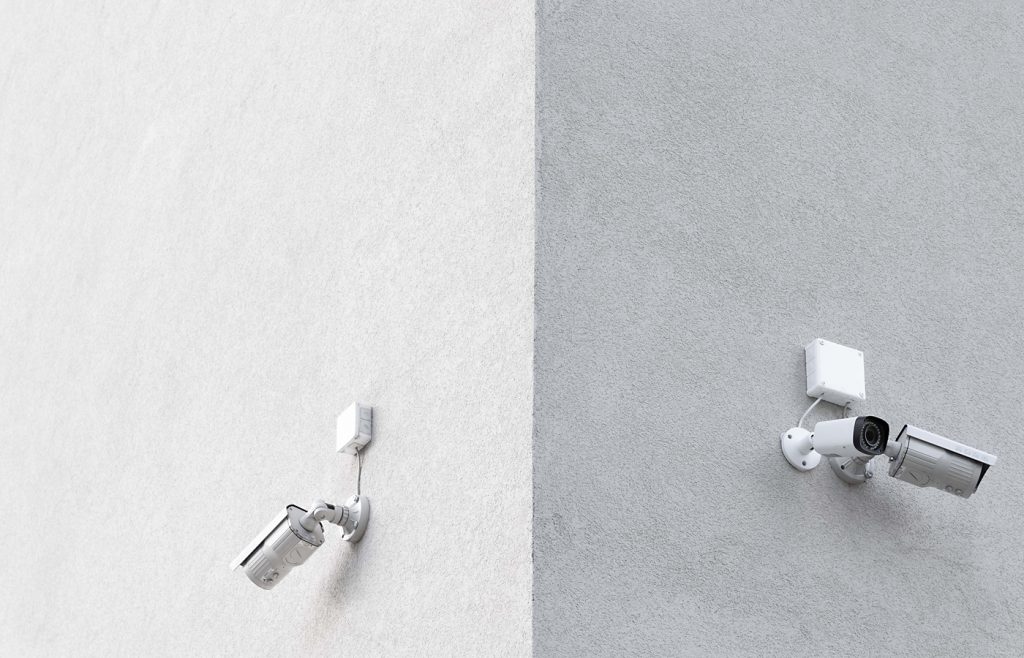
By the end of 2020, China hopes to have a surveillance system fully in place that tracks every citizen using face recognition. Jaywalk, and a camera is watching and recording your transgression.
What’s next if you jaywalk and get caught? Your antisocial activity gets tallied in your “individual trust score.” If your score in China’s “Social Credit System” is low, it can lead to travel restrictions, financial penalties, or shutting down your social media accounts, among other things.
But you can also boost your score by doing positive things such as charitable work, paying bills promptly, and recycling properly. Benefits of a high score include cheaper fees on public transportation, a better credit rating, and shorter wait times at a hospital.
Pilot programs of the new system are already in place throughout China. Facial recognition gets cross-referenced with financial records, medical history, and legal records. The 200 million closed-circuit TV cameras spread around the country know who you are—and just about everything about you.
The Social Credit System is also being used to track companies, both within China and internationally.
What’s going on? China’s Communist Party has decided that the optimal way to manage 1.4 billion people is by algorithm. Those who are trusted can move about freely, while those who are discredited are greatly restricted.
Of course, it’s astonishing that this is happening. But it’s not really out of keeping with historical trends. As population densities have grown over the past 6,000 years, ever new means of social organization have arisen.
Each new system was radical for its time, from the god-kings of the early civilizations to the vast array of monarchies and democracies. The history of humanity is a history of experimentation. If you read the news, it will be very evident to you that we’re still trying hard to figure out which is the best system of social organization, with liberal democracy taking a beating these days and authoritarianism on the rise.
One thing’s for sure: The technology is becoming ubiquitous. Cameras are everywhere, and they are watching.
In early 2017, Congressional hearings brought attention to the fact that the FBI had facial recognition databases of approximately half of the adults in the U.S. that they use when going after suspected criminals—some 411 million images at that time.
Where do they get the photos? From sources such as driver’s licenses and passports. You’re likely in that database regardless of whether you’ve been suspected of criminal activity.
When a shooter killed five people in June 2018 at the offices of The Capital, a newspaper in Maryland, police weren’t successful using fingerprints to identify the suspect. So authorities turned to the Maryland Image Repository System. They fed the suspect’s photo into the system and were quickly able to identify him.
And there are cameras in the sky. According to a report in the New York Times, around 730 satellites were launched in the past decade for the purpose of observing the Earth, and 2,220 more are expected to be launched in the next 10 years.
These, of course, aren’t going to be used for facial recognition. In fact, it’s hard to say exactly what they’re being used for, since those using them to spy aren’t eager to be open about it.
One major market for the image data is proving to be investors. Want to know how well a company is doing before it gives its quarterly results? Use image data from Orbital Insight, which tracks activity in over 260,000 retail parking lots in the U.S. If there aren’t many cars parked there, the company’s sales can be expected to be weak.
Satellites are also being used to provide information on activities such as illegal mining and operations, factory activity, and home demolitions.
A major reason for their increased use is that they’re now cheaper. Today a satellite costs $3 million and weighs less than 10 pounds, compared to $300 million and 900 pounds 20 years ago.
And there are cameras in the hands of 2.6 billion smartphone users around the world. If I want to know if there are “yellow vest” demonstrations happening in Paris, I don’t need to wait for news reports. I can go to periscope.tv and see them being live-streamed by participants.
The ubiquity of cameras is just one more way that our privacy is eroding in this digital era. It’s interesting to me, however, that the idea of privacy for the individual is actually a fairly modern and Western notion. Our embrace of technology seems to be moving us toward more of a communalism, a trend that shares similarities with our past as foragers, when there was little privacy and no anonymity. Maybe it will somehow be more just.
See column archives at JimKarpen.com.
